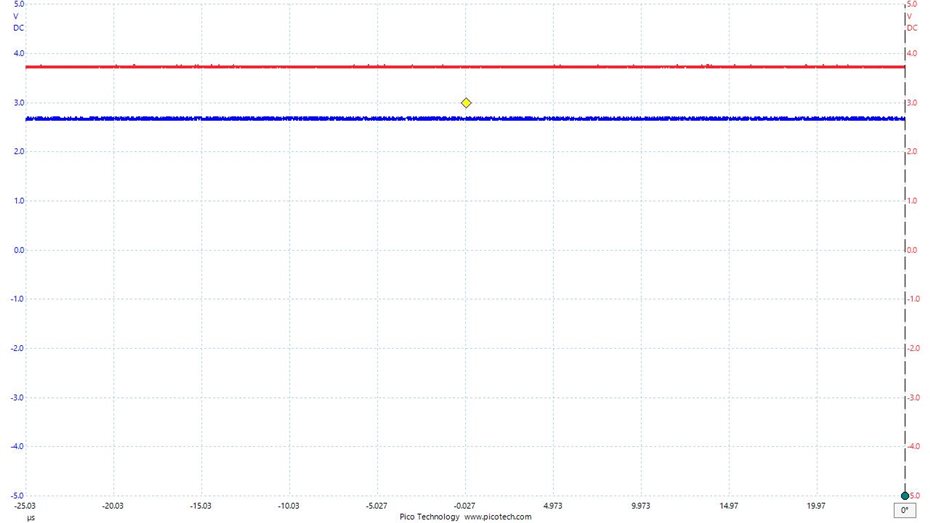I'm working on a custom board with PMIC BQ24298.
The schematic is based on the "typical application" reference design presented in SLUSC59 (p.37) and SLUUB62A (p.16).
The Input is set to Adaptor (PSEL set to Low).
VBUS in this condition presents approximately 2.64V. Is it supposed to the case?
I was expecting to see 0V on the VBUS (considering that I don't enable any sort of Boosting operation nor OTG configuration).
Does anyone have any hint regarding this behaviour?


